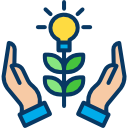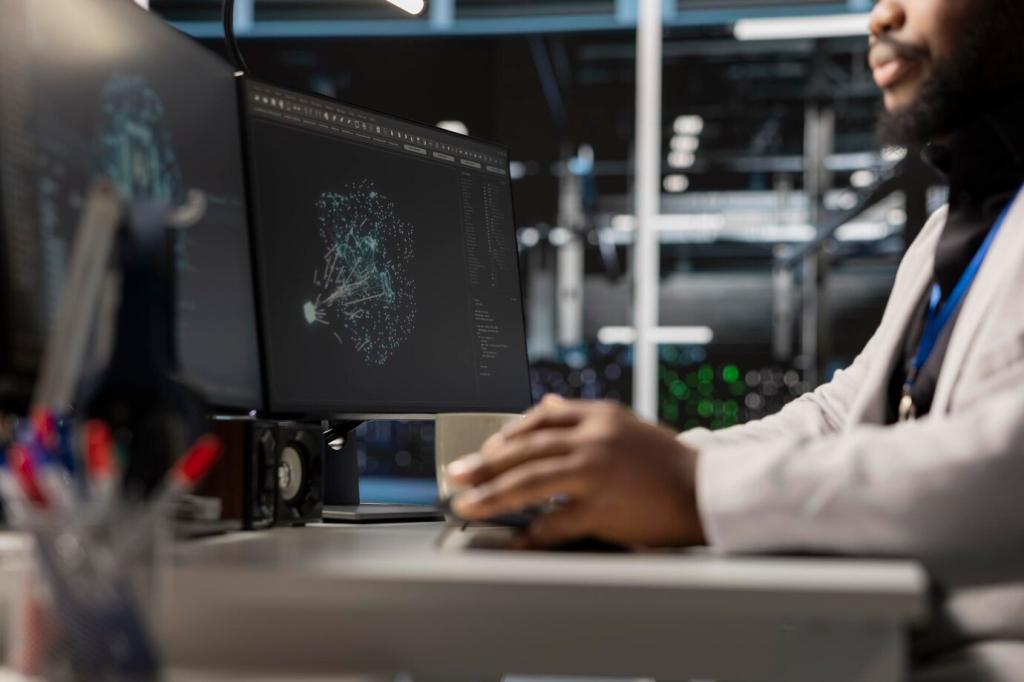Ethics, Regulations, and Data Stewardship
Engage local and Indigenous communities before flying, communicate objectives, and set buffers around nests and dens. Quiet flight windows and visible signage build trust. How do you earn social license for monitoring flights? Share your engagement playbook with readers.
Ethics, Regulations, and Data Stewardship
Clear pipelines—naming conventions, metadata, and QA—turn raw images into reliable layers. Cloud or edge processing with version control preserves provenance. If you’ve adopted FAIR data principles, comment with the practices that made the biggest difference.
Ethics, Regulations, and Data Stewardship
Know your jurisdiction: FAA Part 107, EASA categories, or local permits; manage VLOS, BVLOS waivers, and wildlife disturbance rules. Preflight risk assessments and logs protect teams and projects. Subscribe for our regulation checklist updated each season.
Ethics, Regulations, and Data Stewardship
Lorem ipsum dolor sit amet, consectetur adipiscing elit. Ut elit tellus, luctus nec ullamcorper mattis, pulvinar dapibus leo.

